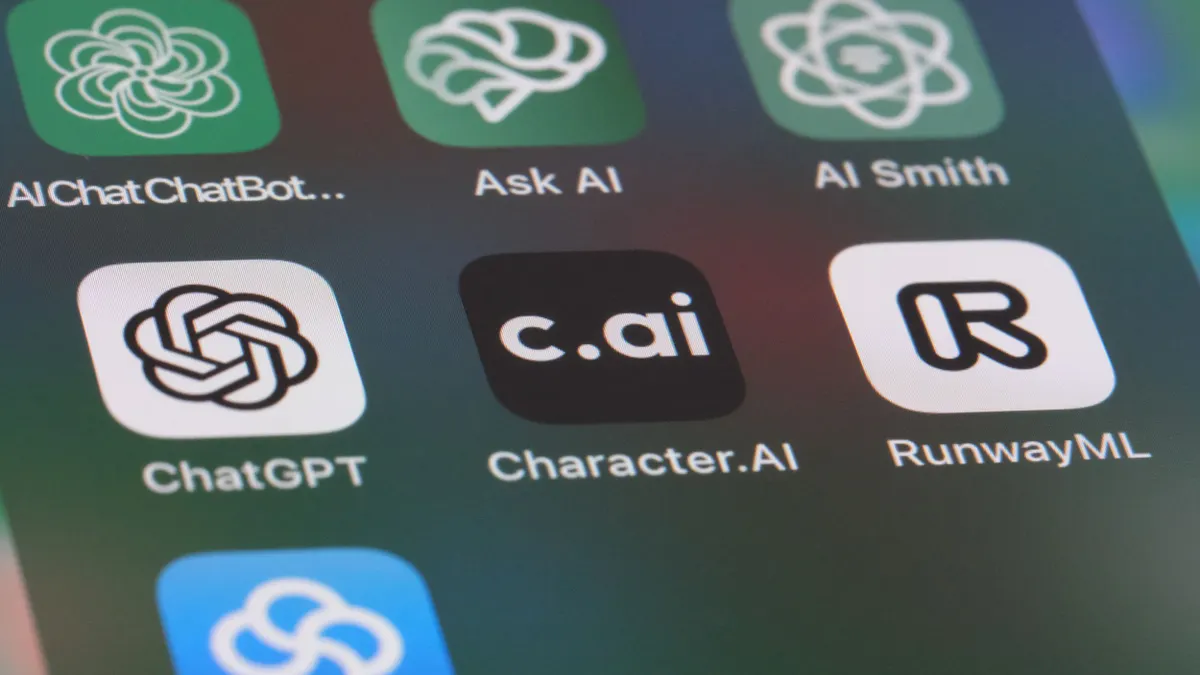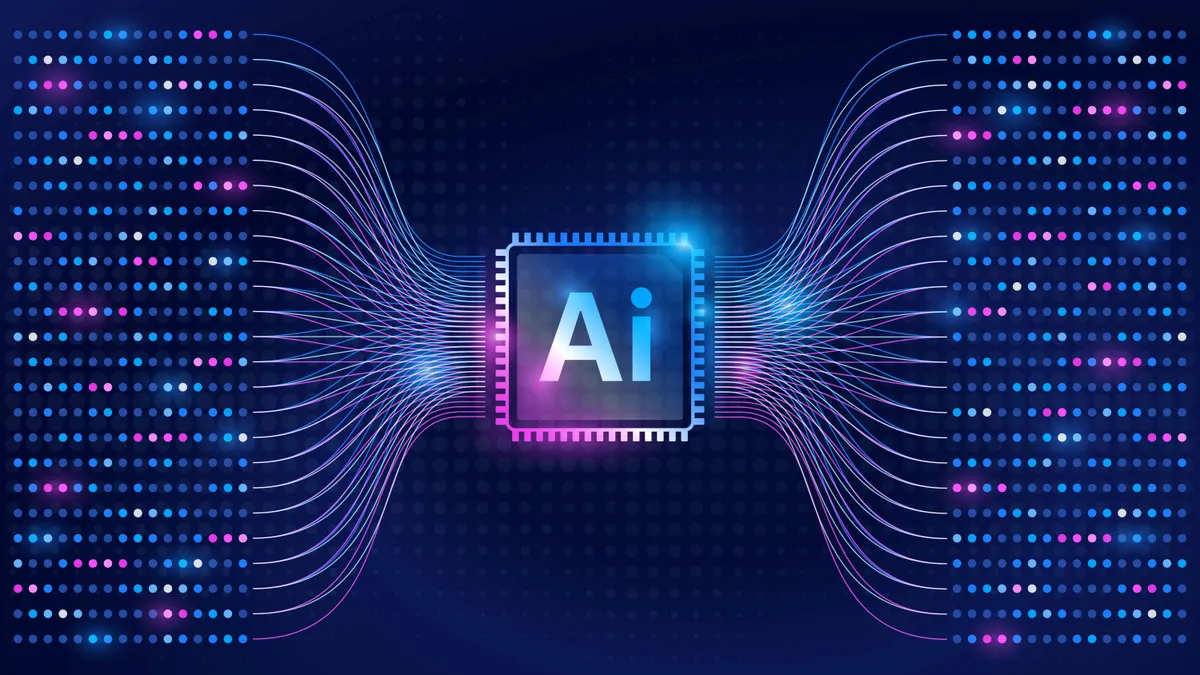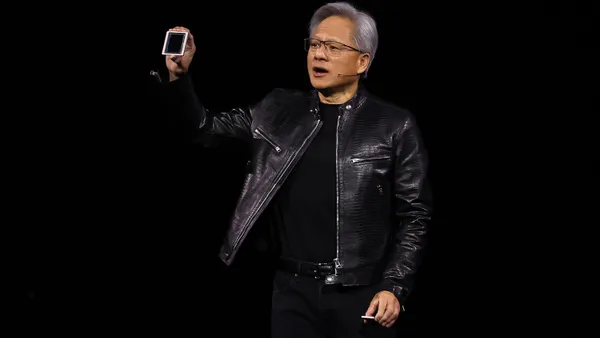Editor’s note: The following is a guest post by Sri Donthi, chief technology officer at Advance Auto Parts.
The CTO and CIO roles have long been part of the C-suite at most large companies, Advance Auto Parts included. But too often, these departments are still treated like a drive-through restaurant. People identify a need and call us for a solution.
It’s transactional at best and at Advance, we are intent on building a different kind of technology function.
When I first joined the company about five years ago, the question I posed my fellow leadership team members was simple: What would a business be like if the various departments didn’t have dedicated HR business partners? Hiring, career planning, training and onboarding would all stall.
The same thing can be said for the technology team. When technology is not front and center and connected to key departments, the ability of the company to operate in the most innovative and efficient manner possible is weakened. This is because IT decisions impact every system in a company and practically every team member.
Our importance can’t be understated, and just like all other strategic business partners, we ask ourselves one simple question before initiating a new project: Will the work we are doing deliver against business objectives? For Advance, this includes enabling growth and expanding margins, serving customers with care and speed and building a best-in-class company culture.
Technology helps accomplish all these things, and I’ve found there are three keys to ensure we continue to drive winning solutions.
1. Collaborate cross-functionally
In the past, you might not see the technology team in the room when technology needs were being discussed. Instead, a need was identified by another team and IT was brought in to develop the solution.
How many times have we heard “we need a new system for…” or the business side tells IT what it needs, and IT was never at the table to understand the full picture?
At Advance, we are at the table from the very start. This helps us properly assess the situation and identify possible solutions, whether it be an over-complicated issue with a simple technology fix or a simple issue with a complex technology modification.
At the start of the COVID-19 pandemic, customer needs changed rapidly. Many motorists needed parts urgently, but they didn’t necessarily feel comfortable shopping in person.
For this reason, we temporarily tabled other longer-term projects to focus on the roll-out of the “Advance Same Day” service, which included options like Advance Same Day Home Delivery and Advance Same Day Curbside.
IT and marketing worked together to enable the systems that made these programs possible and delivered a solution that continues to be popular with customers.
2. Assess the return on investment
Simply put, executives must ask: Is this project worth prioritizing against all others? Will it deliver a significant return on our investment, driving long-term value and growth for the company? Is this the best allocation of human capital, knowing that when new projects come in others often are sidelined?
Take, for example, our “battery consignment” project. Professional repair shops represent about 60% of Advance’s business and they are the frontline when it comes to serving motorists. We needed a way to stock DieHard batteries in independent repair shops, so they were always readily available.
IT collaborated with professional marketing and sales to enable a system that linked shops directly with our distribution centers and leveraged AI to predict the quantities of DieHard batteries needed on any given day.
Prioritizing this work helped us drive sales, help motorists and build stronger relationships with our professional shop owners.
3. Build a team that can deliver
Our IT team includes team members with a wide variety of backgrounds. Many have worked for Advance for years. Some joined us from leading analytics and software firms. Others hail from Fortune 500 companies.
There are those based in the U.S., many at our Raleigh, N.C. headquarters and surrounding areas and still others at our growing Global Capabilities Center in Hyderabad, India. Though their experiences, cultures and styles are unique, what all our IT team members have in common beyond core technical skills is what I call “an engineering mindset.”
This means they can see the bigger picture and are interested in challenging themselves. They are willing to learn new things in a world that’s moving at a rapid pace. And they operate with speed and agility while leveraging creativity to solve problems.
An engineering mindset is something we look for in all our technology hires and something we enable through a culture of continuous learning. It helps our team deliver time and again.




















